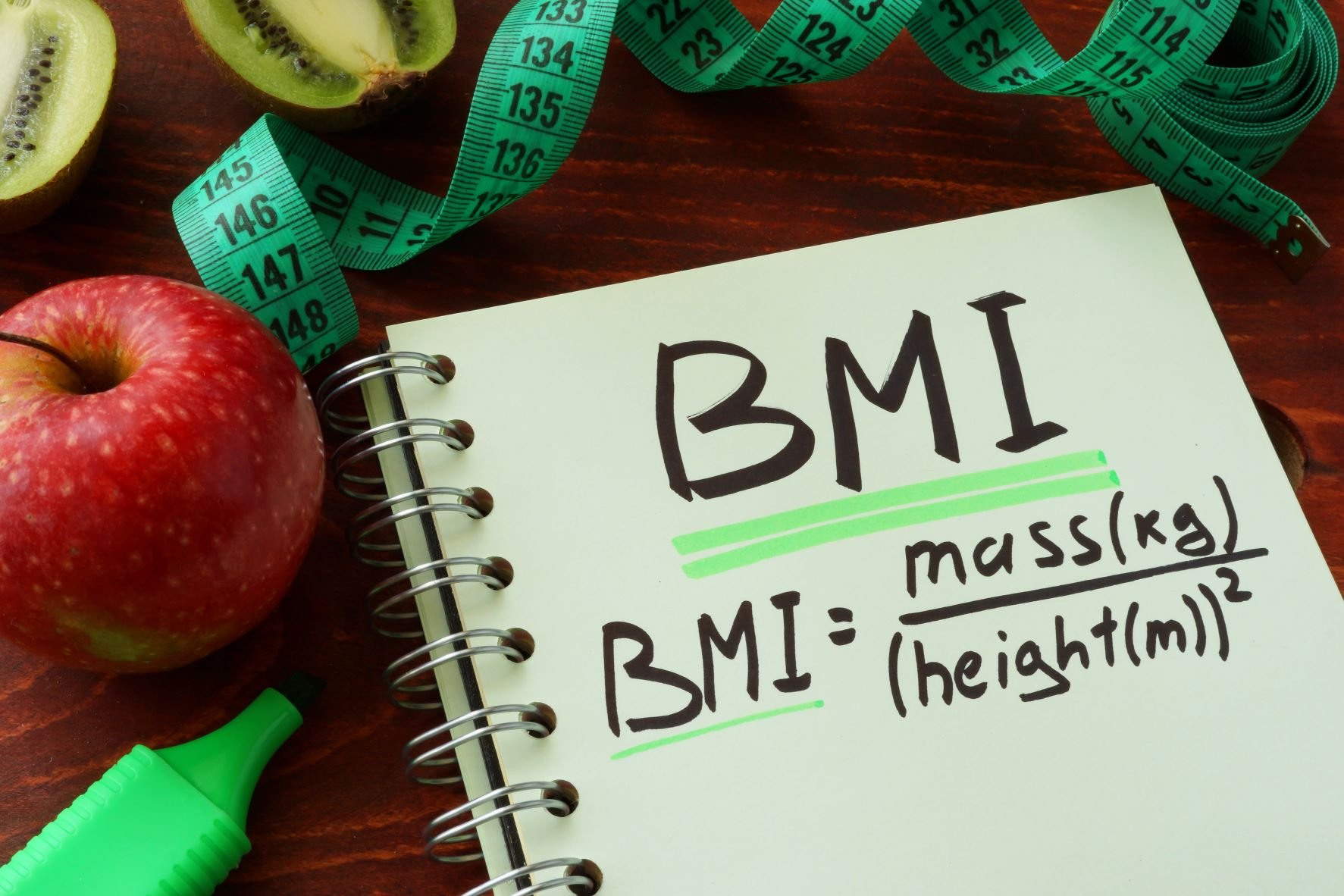All About BMI
By Lizzie Streit, MS, RDN, LD
Body mass index (BMI) is a weight-to-height ratio commonly used to classify a body weight as underweight, normal weight, overweight, or obese.
It is one of many measures of body weight and can be helpful in some instances. However, there are other measures that may be more accurate and applicable.
This post reviews BMI, what it is, how it can be used, and other available measures.
What is BMI?
BMI is used to estimate a person’s body fat based on height and weight. It is calculated by dividing body weight in kilograms by height in meters squared. While BMI does not actually measure body fat, it’s thought to be linked to direct measurements of fat.
These are the ranges of BMI and their corresponding weight status:
Underweight: BMI <18.5
Normal weight: BMI between 18.5 and 24.9
Overweight: BMI between 25 and 29.9
Obesity: BMI of 30 or greater
BMI is used by many health care providers as a screening tool. You are likely familiar with the use of BMI at doctor’s offices and may have even seen your BMI in doctor visit summaries or patient materials.
Here are some of the pros and cons of BMI:
Pros
Free
Easy to calculate
Provides a snapshot of a person’s weight for quick reference
Can be helpful in assessing population trends in weight, such as increases in overweight and obesity over the course of history
Cons
Does not actually measure body fat but instead assumes a link between height and weight and probable body fat
Does not consider factors related to gender, race, or age, such as Black individuals having less body fat than white individuals and women having more body fat than men at the same BMI
Does not consider that high BMI can be caused by body fat or lean body mass (like muscle)
Athletes and very fit people may be classified as overweight or obese, even if their weight comes from muscle
Another downside of BMI to consider is that an individual’s BMI likely won’t budge for relatively small, but beneficial, weight loss. Research suggests that just 5% weight loss can provide many benefits. However, your BMI may not change from the “overweight” to “normal weight” category with this level of weight loss. This can be disheartening.
Other Measures of Weight and Fat
As you can see, BMI is not a perfect measurement and can even be misleading. While it may be appropriate in some instances, it is not the most accurate way to measure body fat.
At the end of the day, the amount and distribution of excess body fat is likely more predictive of associated health outcomes than total body weight. That’s why it’s important to use more accurate tools for measuring body fat when available.
Better ways to evaluate excess body fat include:
Skinfold thickness measurements
Circumference measurements using a tape measure (such as neck, waist, and hips)
Dual-energy x-ray absorptiometry (DXA)
Body fat scales that use bioelectrical impedance
Note from Healthy For Life Meals: Instead of getting caught up in BMI and other measurements, focus on diet and lifestyle changes, such as ordering from a weight loss meal service, that can help you maintain a healthy weight. Our meal delivery service, featuring prepared-for-you, delicious meals, is a great way to stay on track with healthy eating. Get started today and save $10 on your first full-week order.

